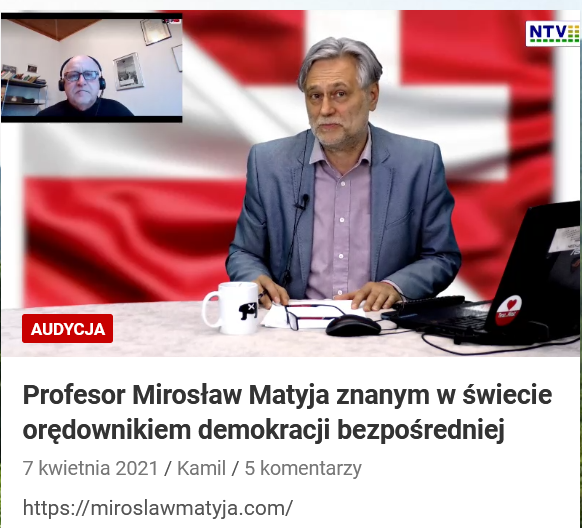Integrated Phytomineral Synergy: The Essential Role of Oligoelements (Mg, Fe, K) in the Antioxidant and Anti-infective Activities of Myrothamnus moschatus
Abstract
Keywords
Full Text:
PDFReferences
Abubakar, A. R., & Haque, M. (2020). Preparation of Medicinal Plants : Basic Extraction and Fractionation Procedures for Experimental Purposes. Journal of Pharmacy and Bioallied Sciences, 12(1), 1‑10. https://doi.org/10.4103/jpbs.JPBS_175_19
Blois. (1958, avril 26). Antioxidant Determinations by the Use of a Stable Free radical. https://2024.scihub.se/6405/5393b9982dba034e8b7026217fbcb2b4/blois1958.pdf?download=true
Cassat, J. E., & Skaar, E. P. (2013). Iron in Infection and Immunity. Cell Host & Microbe, 13(5), 509‑519. https://doi.org/10.1016/j.chom.2013.04.010
Cazzola, R., Della Porta, M., Piuri, G., & Maier, J. A. (2024). Magnesium : A Defense Line to Mitigate Inflammation and Oxidative Stress in Adipose Tissue. Antioxidants, 13(8), 893. https://doi.org/10.3390/antiox13080893
Chandrasekaran, N. C., Weir, C., Alfraji, S., Grice, J., Roberts, M. S., & Barnard, R. T. (2014). Effects of magnesium deficiency – More than skin deep. Experimental Biology and Medicine, 239(10), 1280‑1291. https://doi.org/10.1177/1535370214537745
Daglia, M. (2012). Polyphenols as antimicrobial agents. Current Opinion in Biotechnology, 23(2), 174‑181. https://doi.org/10.1016/j.copbio.2011.08.007
Di, A., Xiong, S., Ye, Z., Malireddi, R. K. S., Kometani, S., Zhong, M., Mittal, M., Hong, Z., Kanneganti, T.-D., Rehman, J., & Malik, A. B. (2018). The TWIK2 Potassium Efflux Channel in Macrophages Mediates NLRP3 Inflammasome-Induced Inflammation. Immunity, 49(1), 56-65.e4. https://doi.org/10.1016/j.immuni.2018.04.032
Epstein, W. (2003). The roles and regulation of potassium in bacteria. Progress in Nucleic Acid REsearch and Molecular Biology, 75, 293‑320. https://alameed.edu.iq/DocumentPdf/Library/eBook/5370.pdf#page=304
Farrant, J. M., & Moore, J. P. (2011). Programming desiccation-tolerance : From plants to seeds to resurrection plants. Current Opinion in Plant Biology, 14(3), 340‑345. https://doi.org/10.1016/j.pbi.2011.03.018
Heinrich, M., Jalil, B., Abdel-Tawab, M., Echeverria, J., Kulić, Ž., McGaw, L. J., Pezzuto, J. M., Potterat, O., & Wang, J.-B. (2022). Best Practice in the chemical characterisation of extracts used in pharmacological and toxicological research—The ConPhyMP—Guidelines12. Frontiers in Pharmacology, 13, 953205. https://doi.org/10.3389/fphar.2022.953205
HogenEsch, H., O’Hagan, D. T., & Fox, C. B. (2018). Optimizing the utilization of aluminum adjuvants in vaccines : You might just get what you want. Npj Vaccines, 3(1), 51. https://doi.org/10.1038/s41541-018-0089-x
Kirby, william, & Bauer, A. (1966). Kirby-bauer-disk-diffusion-susceptibility-test-protocol-pdf.pdf. https://asm.org/getattachment/2594ce26-bd44-47f6-8287-0657aa9185ad/kirby-bauer-disk-diffusion-susceptibility-test-protocol-pdf.pdf
Knight, & Peters. (1980). Annals of Tropical Medicine & Parasitology. Volume 74(4). https://madadoc.irenala.edu.mg/documents/v02463_MON.pdf
Kranner, I., Beckett, R. P., Wornik, S., Zorn, M., & Pfeifhofer, H. W. (2002). Revival of a resurrection plant correlates with its antioxidant status. The Plant Journal, 31(1), 13‑24. https://doi.org/10.1046/j.1365-313X.2002.01329.x
Mukherjee, P. K. (2019). Quality Control and Evaluation of Herbal Drugs : Evaluating Natural Products and Traditional Medicine.
Newman, D. J., & Cragg, G. M. (2020). Natural Products as Sources of New Drugs over the Nearly Four Decades from 01/1981 to 09/2019. Journal of Natural Products, 83(3), 770‑803. https://doi.org/10.1021/acs.jnatprod.9b01285
Pavela, R., Ferrati, M., Spinozzi, E., Maggi, F., Petrelli, R., Rakotosaona, R., Ricciardi, R., & Benelli, G. (2022). The Essential Oil from the Resurrection Plant Myrothamnus moschatus Is Effective against Arthropods of Agricultural and Medical Interest. Pharmaceuticals, 15(12), 1511. https://doi.org/10.3390/ph15121511
Randrianarivo, E., Rasoanaivo, P., Nicoletti, M., Razafimahefa, S., Lefebvre, M., Papa, F., Vittori, S., & Maggi, F. (2013). Essential‐Oil Polymorphism in the ‘Resurrection Plant’ Myrothamnus moschatus and Associated Ethnobotanical Knowledge. Chemistry & Biodiversity, 10(11), 1987‑1998. https://doi.org/10.1002/cbdv.201300179
Rasoanaivo, P., Ralaibia, E., Maggi, F., Papa, F., Vittori, S., & Nicoletti, M. (2012). Phytochemical investigation of the essential oil from the ‘resurrection plant’ Myrothamnus moschatus (Baillon) Niedenzu endemic to Madagascar. Journal of Essential Oil Research, 24(3), 299‑304. https://doi.org/10.1080/10412905.2012.676801
Tsirinjara, A. S. R. (2016). Analyses des éléments minéraux en trace dans des Acanthospermum hispidum (Bakakely) à l’aide des techniques de fluorescence X à réflexion totale (TXRF).
Weltgesundheitsorganisation (Éd.). (2007). WHO guidelines for assessing quality of herbal medicines with reference to contaminants and residues. World Health Organization.
World Health Organization. (2013). WHO traditional medicine strategy : 2014-2023. World Health Organization. https://iris.who.int/handle/10665/92455
Yadav, V. K., & Fulekar, M. H. (2020). Advances in Methods for Recovery of Ferrous, Alumina, and Silica Nanoparticles from Fly Ash Waste. Ceramics, 3(3), 384‑420. https://doi.org/10.3390/ceramics3030034
DOI: https://doi.org/10.33258/birex.v7i4.8126
Article Metrics
Abstract view : 0 timesPDF - 0 times
Refbacks
- There are currently no refbacks.

This work is licensed under a Creative Commons Attribution-ShareAlike 4.0 International License.

This work is licensed under a Creative Commons Attribution-ShareAlike 4.0 International License.

_.gif)
















_.gif)


